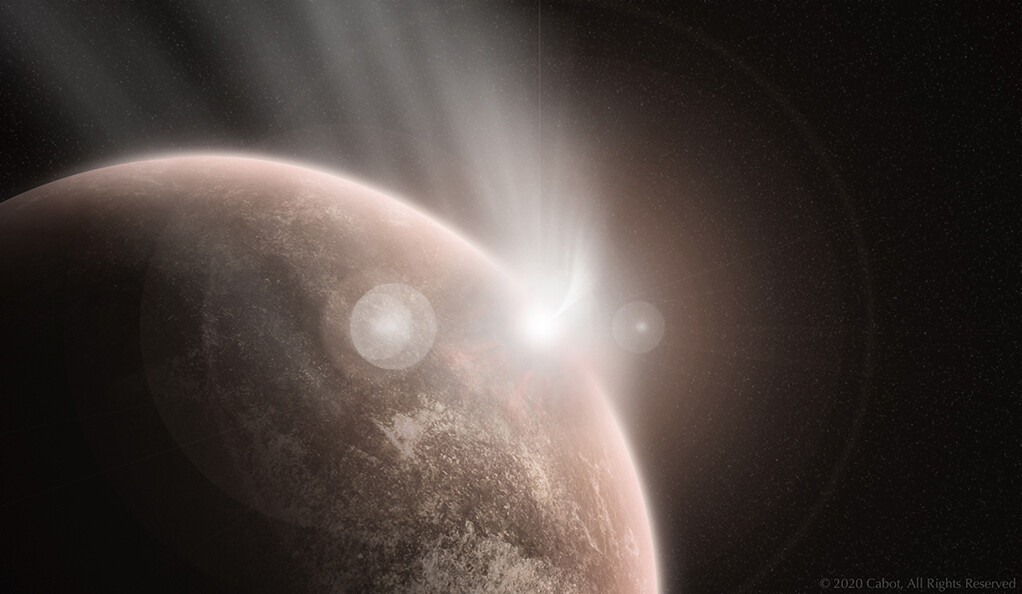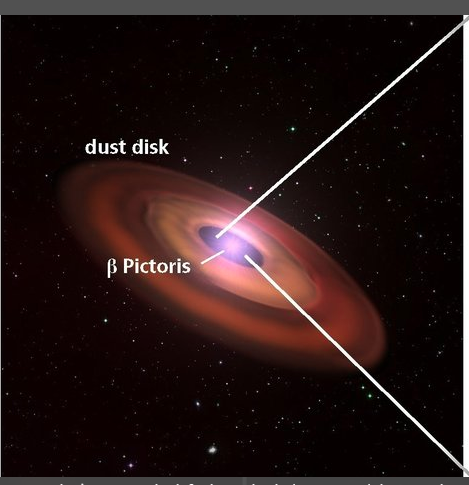Chronicling Spitzer Space Telescope Legacy
To understand the significance of the Spitzer Space Telescope in the understanding of our Solar System, think of what the steam engine meant for the industrial revolution. A national team of scientists published in the journal Nature Astronomy two papers that provide an inventory of the major discoveries made possible thanks to the Spitzer Space ...













